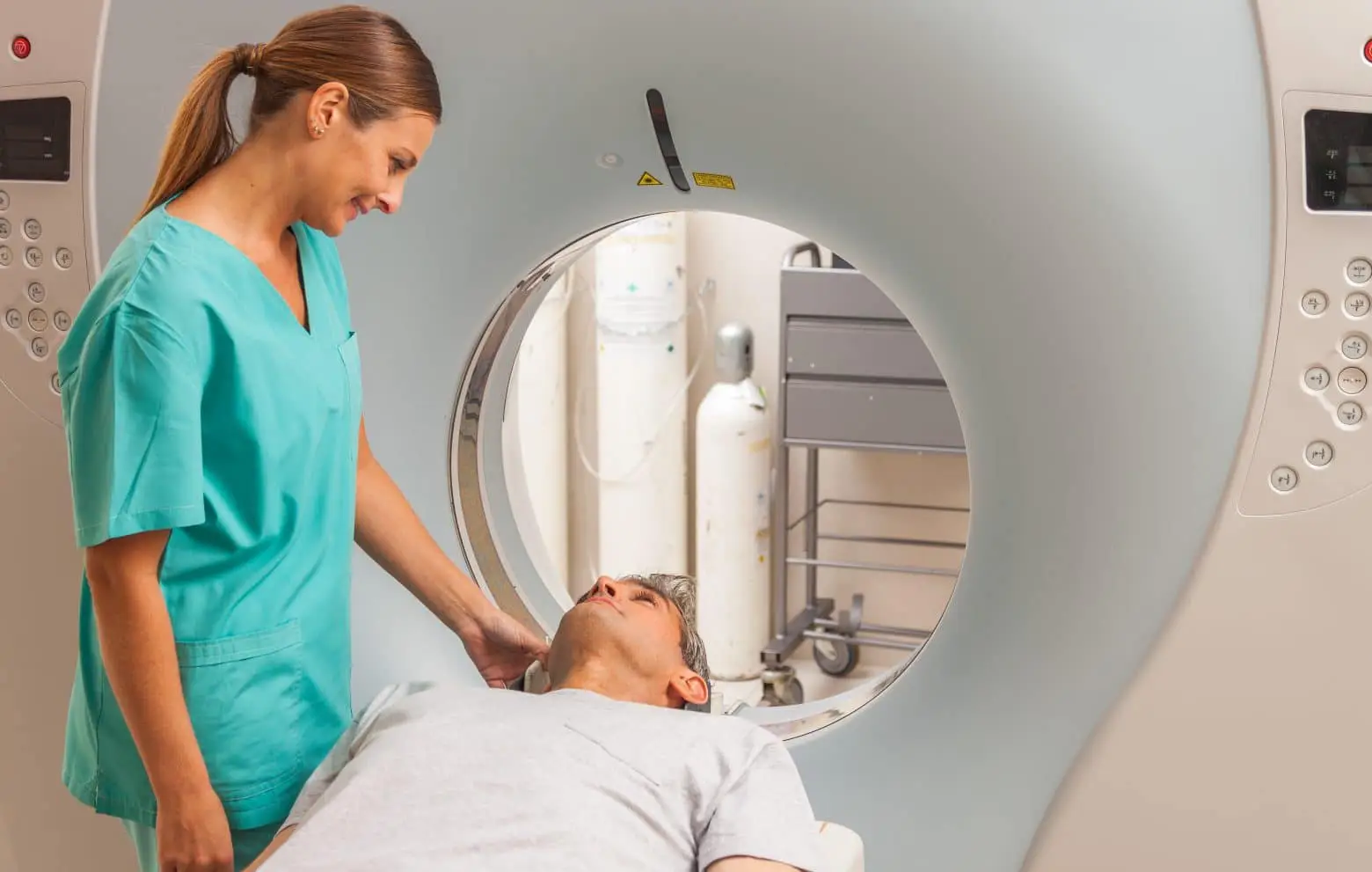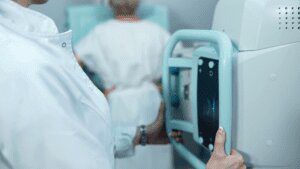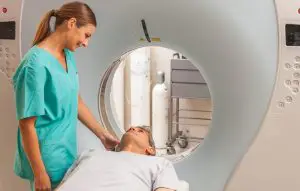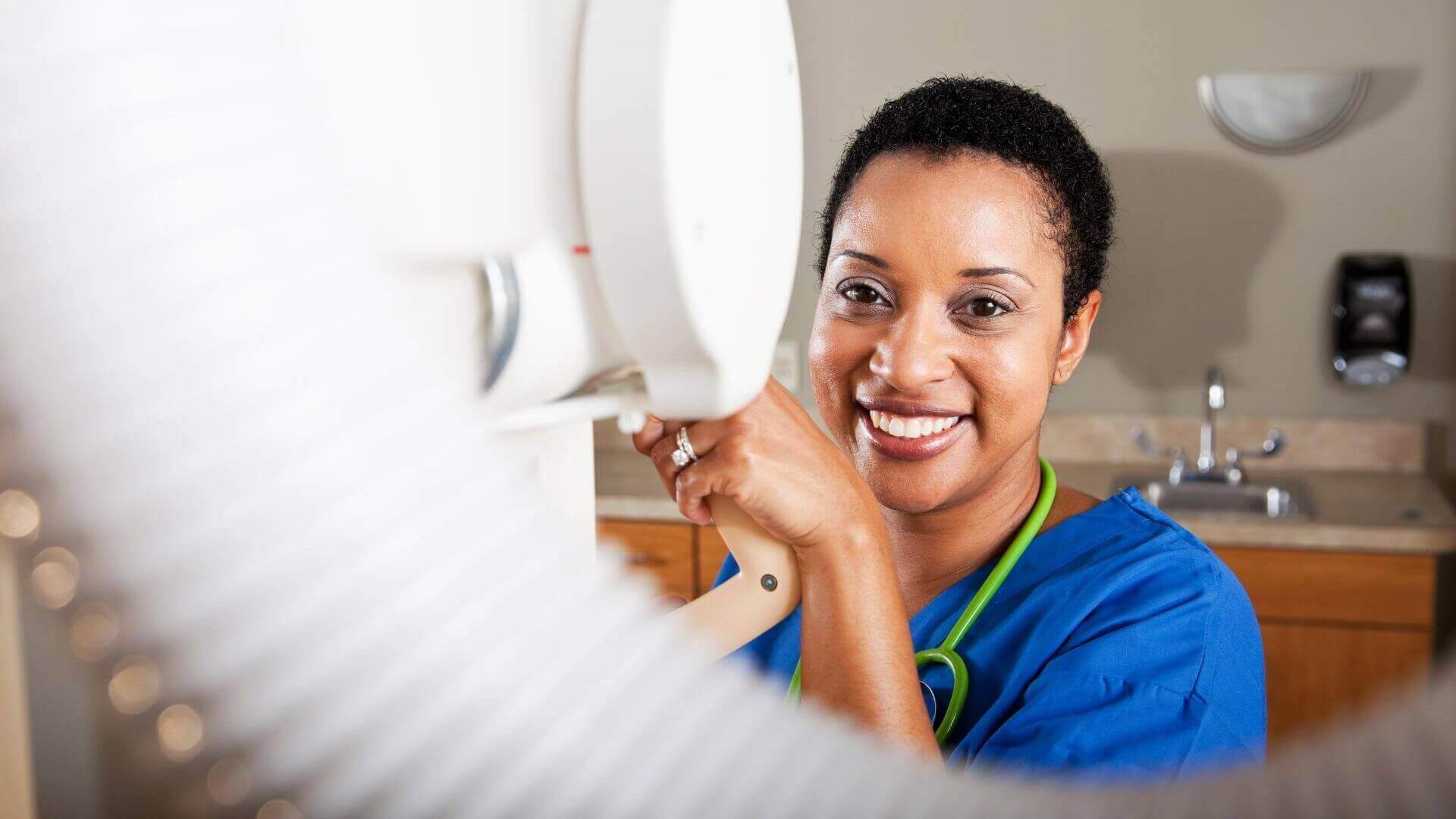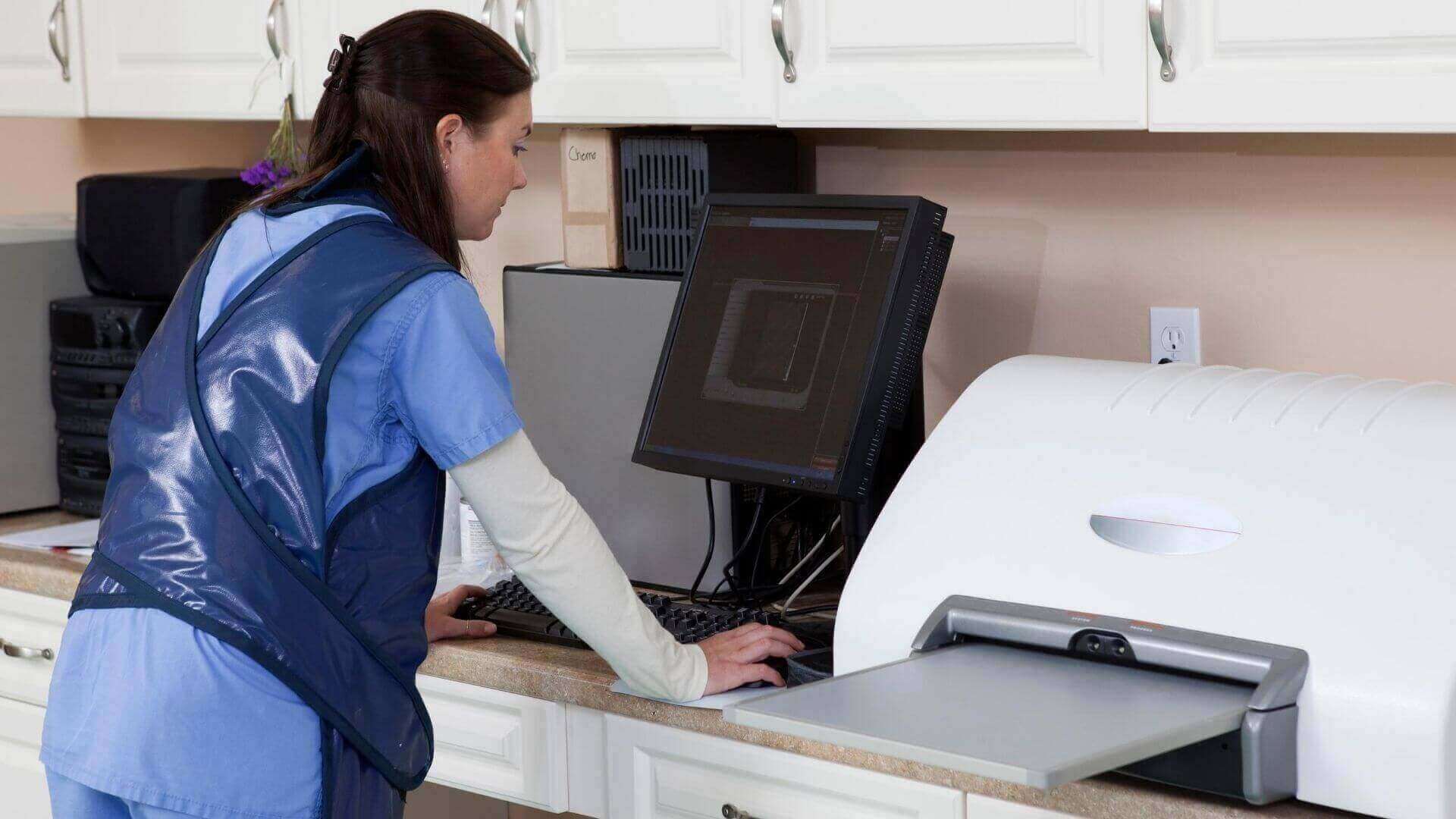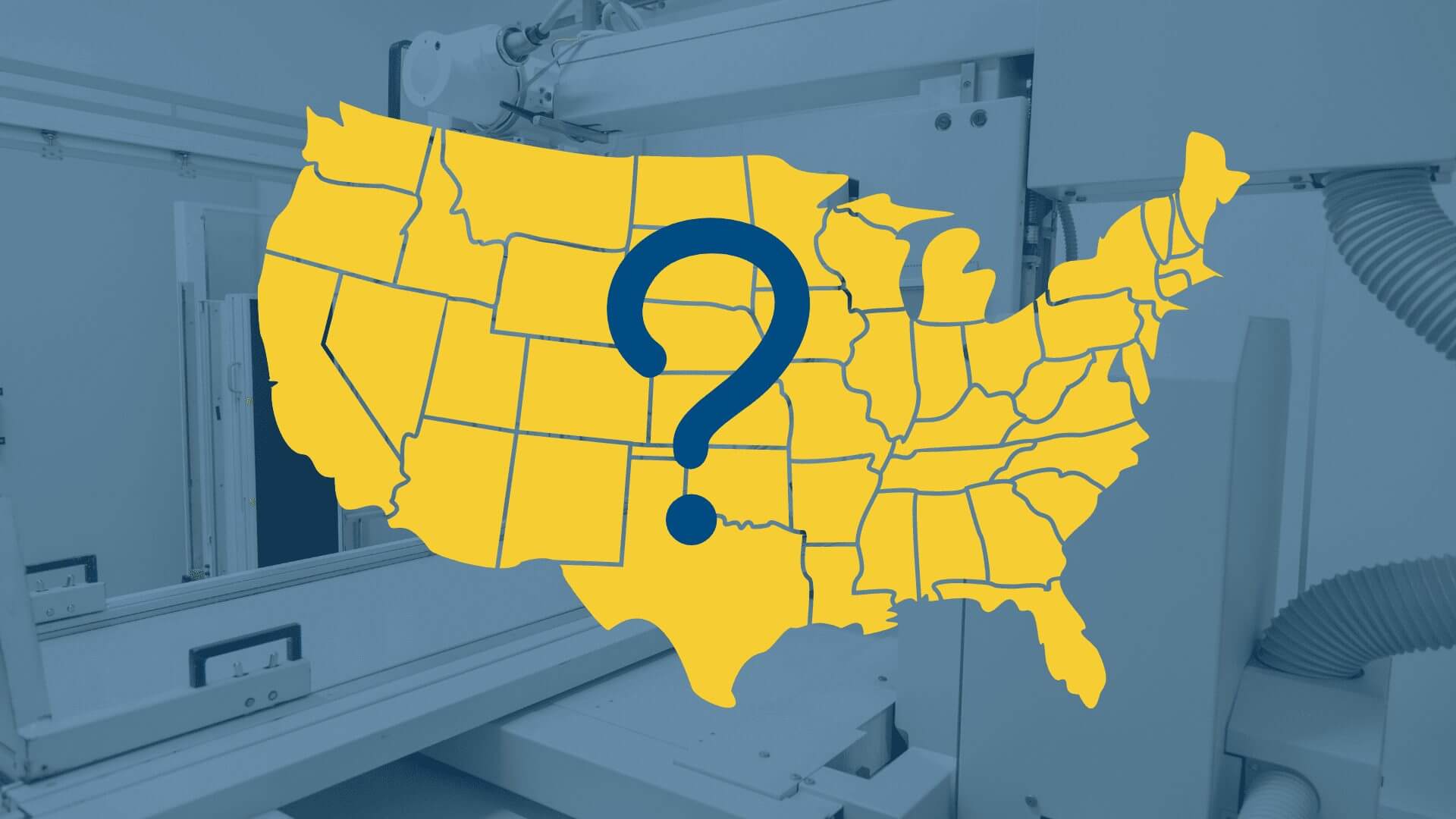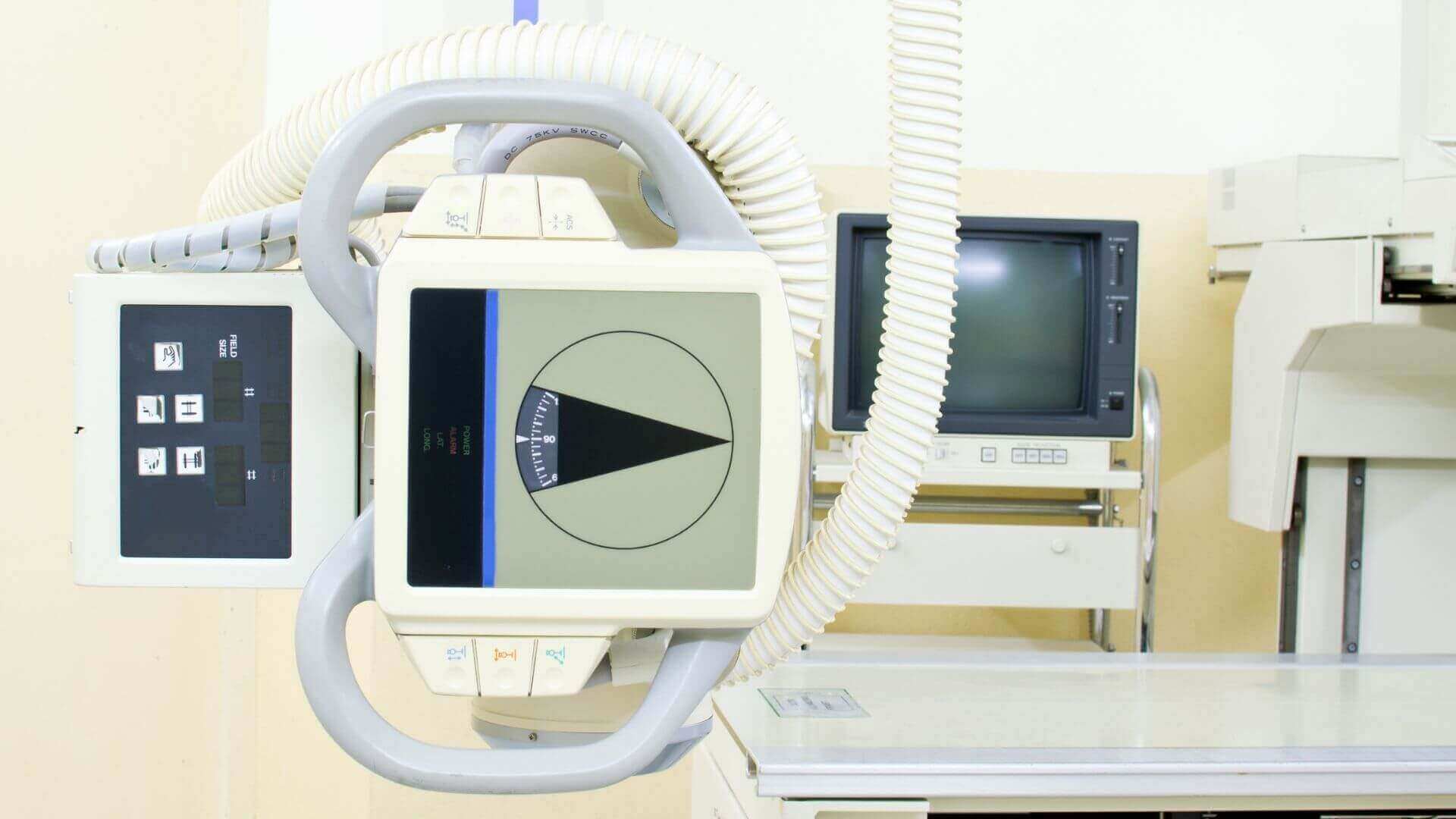Are You Pursuing a Radiologic Technology (X-ray) Program in California?
Date: September 12, 2023
So, you wish to become a Radiologic Technologist (RT). Good for you! An RT career choice represents a culmination of individual growth and historical advancement within technology, science, and healthcare. Radiologic Technologists, also known as Radiographers, play a crucial role in conducting diagnostic imaging procedures.
The popularity of the profession is only trending upward. As the Baby Boom Generation grows older, an increase in medical conditions, such as cancer and Alzheimer’s disease, is expected within the United States. Treating these diseases requires imaging as a diagnostic tool, and Radiologic Technologists are needed to perform these procedures. For this reason, the Bureau of Labor Statistics (BLS) projects 14,200 openings for Radiologic and MRI Technologists each year, on average, over the next decade.1 According to the BLS, employment of Radiologic Technologists is projected to expand by seven percent from 2019 to 2029, faster than the average for all occupations.1
Preparation
While forecasts are favorable, becoming a Radiologic Technologist requires dedication and a passion for helping others. Determination, commitment, and securing a well-rounded education are imperative to embark on this vital career path. In preparing for an RT vocation, there are some things you should consider.
- First, aspiring Radiologic Technologists must complete a high school education. A solid foundation in biology, anatomy, physics, and chemistry will help you prepare for core work. Upon entering a radiologic technology program, diagnostic imaging studies cover radiation physics, radiographic procedures, pathology, and patient care. Clinical training is an exciting hands-on component crucial to your education. Clinical externships allow you to gain practical experience under the supervision of trained professionals.
- Second, imaging is a branch of healthcare affording pathways to consider as you determine how far you wish to pursue your education. Academic RT trajectories include two (2) and four (4) year degrees and master’s programs. Typically, you would enroll in an accredited Radiologic Technology school or college, usually lasting two (2) years and resulting in an associate’s degree.
- Third, an RT route is achieved by primary and post-primary certification pathways. Let’s explore more what these look like, how they are achieved, and their purposes.
Primary Certification
Primary certificates are generally awarded by scope and region through the American Registry of Radiologic Technologists® (ARRT).® Every state, including California, requires you to finish an accredited program and then take and pass a formal examination in radiography. Once you earn a primary certification, you are eligible for a post-primary certification. The following are primary certifications you may choose from:
- MRI
- Nuclear Medicine
- Radiation Therapy
- Radiography
- Sonography
- Vascular Sonography.
Post-primary Certification
Once you earn your post-primary certification, you may sit for a post-primary certification. Post-primary certification can be obtained in the following areas:
- Bone Densitometry
- Breast Sonography
- Cardiac Interventional Radiography
- Computed Tomography
- MRI
- Mammography
- Vascular Interventional Radiography
- Vascular Sonography.
Professionals generally obtain post-primary pathway certificates to extend their imaging modality(ies) knowledge and scope of practice.2
Commencing Practice
Typically, Radiologic Technologists must possess at least an associate degree to commence practice. Associate- and bachelor-level educational programs include academic and clinical components. Moreover, they emphasize anatomy, pathology, patient care, radiation physics and protection, and image evaluation.3
Certification
Most U.S. states require Radiologic Technologists to be certified by a governing board. In addition, anyone who graduated on or after January 1, 2015, must hold at least an associate degree to be eligible to sit for the examination.4 The Joint Review Committee on Education in Radiologic Technology (JRCERT) provides programmatic accreditation for radiographic educational programs. For example, the JRCERT accredits our A.S. and A.O.S. in Radiologic Technology programs.
While some regions do NOT require state licensure to practice, others may require state and national certification. California, for example, requires you to hold a recognized state license to practice. Accordingly, Radiologic Technologists are expected to recertify with the ARRT® every two (2) years. While practicing as a Radiologic Technologist, one may pursue education in other modalities such as mammography, CT, MRI, and angiography and earn additional certifications in these specialties.
CECs
Radiologic Technologists need to keep up-to-date with advancements in technology. Staying abreast helps you continue your education, maintain certification, and enhance your skills. In California, radiographers must biannually complete 24 hours of continuing education credits (CECs) to maintain certification. Enforcing the accumulation of CECs annually ensures that the Radiologic Technologist continues their learning, which is crucial for preserving relevancy and providing the best possible patient care.
Sign Up Today
There are course offerings in RT in many places throughout California today. Put determination, hard work, and skill into your dream today. Take your first step and consider whether the A.S. in Radiologic Technology training program or the A.O.S. Radiologic Technology training program may be the right career path for you.~
*ARRT,® American Registry of Radiologic Technologists,® R.T.(MR)(ARRT),® and R.T.(T)(ARRT)® are registered trademarks owned by The American Registry of Radiologic Technologists.® Gurnick Academy is not licensed by, endorsed by, or affiliated with The American Registry of Radiologic Technologists.®
Citations
1 “Radiologic and MRI Technologists.” Bureau of Labor Statistics, U.S. Department of Labor. Occupational Outlook Handbook. (Accessed June 23, 2021.)
2 “Radiology Technologist and Technician Schools, Programs, and Careers in California.” 2021. Radiology Schools 411. Project 8 Labs LLC. 2021. (Accessed June 22, 2021.)
3 “Radiologic and MRI Technologists.” Bureau of Labor Statistics, U.S. Department of Labor. Occupational Outlook Handbook. (Accessed June 22, 2021.)
4 “Radiologic Technology Programs in California.” 2018. Gurnick.edu. Gurnick Academy of Medical Arts. April 11, 2018. (Accessed June 21, 2021.)

